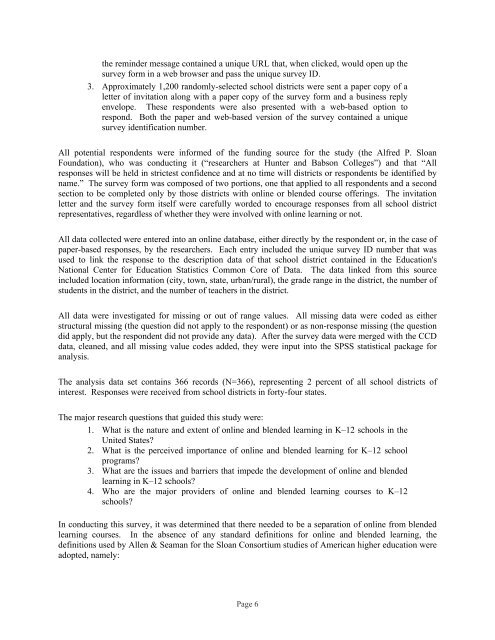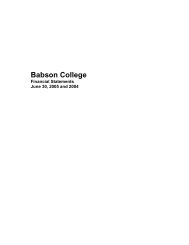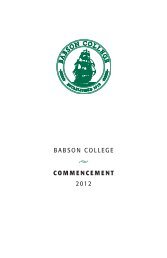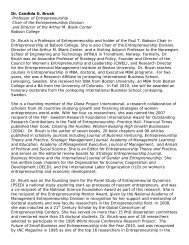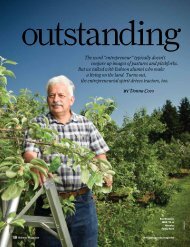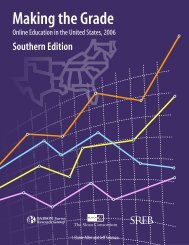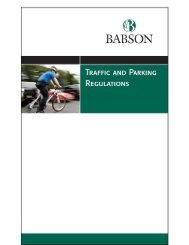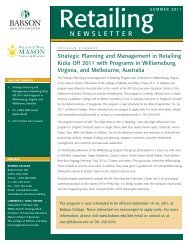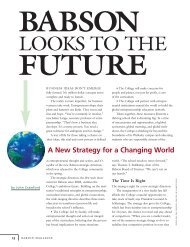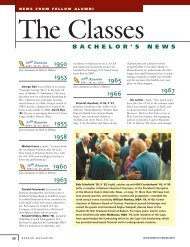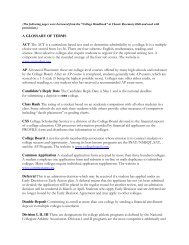K-12 Online Learning - The Sloan Consortium
K-12 Online Learning - The Sloan Consortium
K-12 Online Learning - The Sloan Consortium
You also want an ePaper? Increase the reach of your titles
YUMPU automatically turns print PDFs into web optimized ePapers that Google loves.
the reminder message contained a unique URL that, when clicked, would open up the<br />
survey form in a web browser and pass the unique survey ID.<br />
3. Approximately 1,200 randomly-selected school districts were sent a paper copy of a<br />
letter of invitation along with a paper copy of the survey form and a business reply<br />
envelope. <strong>The</strong>se respondents were also presented with a web-based option to<br />
respond. Both the paper and web-based version of the survey contained a unique<br />
survey identification number.<br />
All potential respondents were informed of the funding source for the study (the Alfred P. <strong>Sloan</strong><br />
Foundation), who was conducting it (“researchers at Hunter and Babson Colleges”) and that “All<br />
responses will be held in strictest confidence and at no time will districts or respondents be identified by<br />
name.” <strong>The</strong> survey form was composed of two portions, one that applied to all respondents and a second<br />
section to be completed only by those districts with online or blended course offerings. <strong>The</strong> invitation<br />
letter and the survey form itself were carefully worded to encourage responses from all school district<br />
representatives, regardless of whether they were involved with online learning or not.<br />
All data collected were entered into an online database, either directly by the respondent or, in the case of<br />
paper-based responses, by the researchers. Each entry included the unique survey ID number that was<br />
used to link the response to the description data of that school district contained in the Education's<br />
National Center for Education Statistics Common Core of Data. <strong>The</strong> data linked from this source<br />
included location information (city, town, state, urban/rural), the grade range in the district, the number of<br />
students in the district, and the number of teachers in the district.<br />
All data were investigated for missing or out of range values. All missing data were coded as either<br />
structural missing (the question did not apply to the respondent) or as non-response missing (the question<br />
did apply, but the respondent did not provide any data). After the survey data were merged with the CCD<br />
data, cleaned, and all missing value codes added, they were input into the SPSS statistical package for<br />
analysis.<br />
<strong>The</strong> analysis data set contains 366 records (N=366), representing 2 percent of all school districts of<br />
interest. Responses were received from school districts in forty-four states.<br />
<strong>The</strong> major research questions that guided this study were:<br />
1. What is the nature and extent of online and blended learning in K–<strong>12</strong> schools in the<br />
United States<br />
2. What is the perceived importance of online and blended learning for K–<strong>12</strong> school<br />
programs<br />
3. What are the issues and barriers that impede the development of online and blended<br />
learning in K–<strong>12</strong> schools<br />
4. Who are the major providers of online and blended learning courses to K–<strong>12</strong><br />
schools<br />
In conducting this survey, it was determined that there needed to be a separation of online from blended<br />
learning courses. In the absence of any standard definitions for online and blended learning, the<br />
definitions used by Allen & Seaman for the <strong>Sloan</strong> <strong>Consortium</strong> studies of American higher education were<br />
adopted, namely:<br />
Page 6


